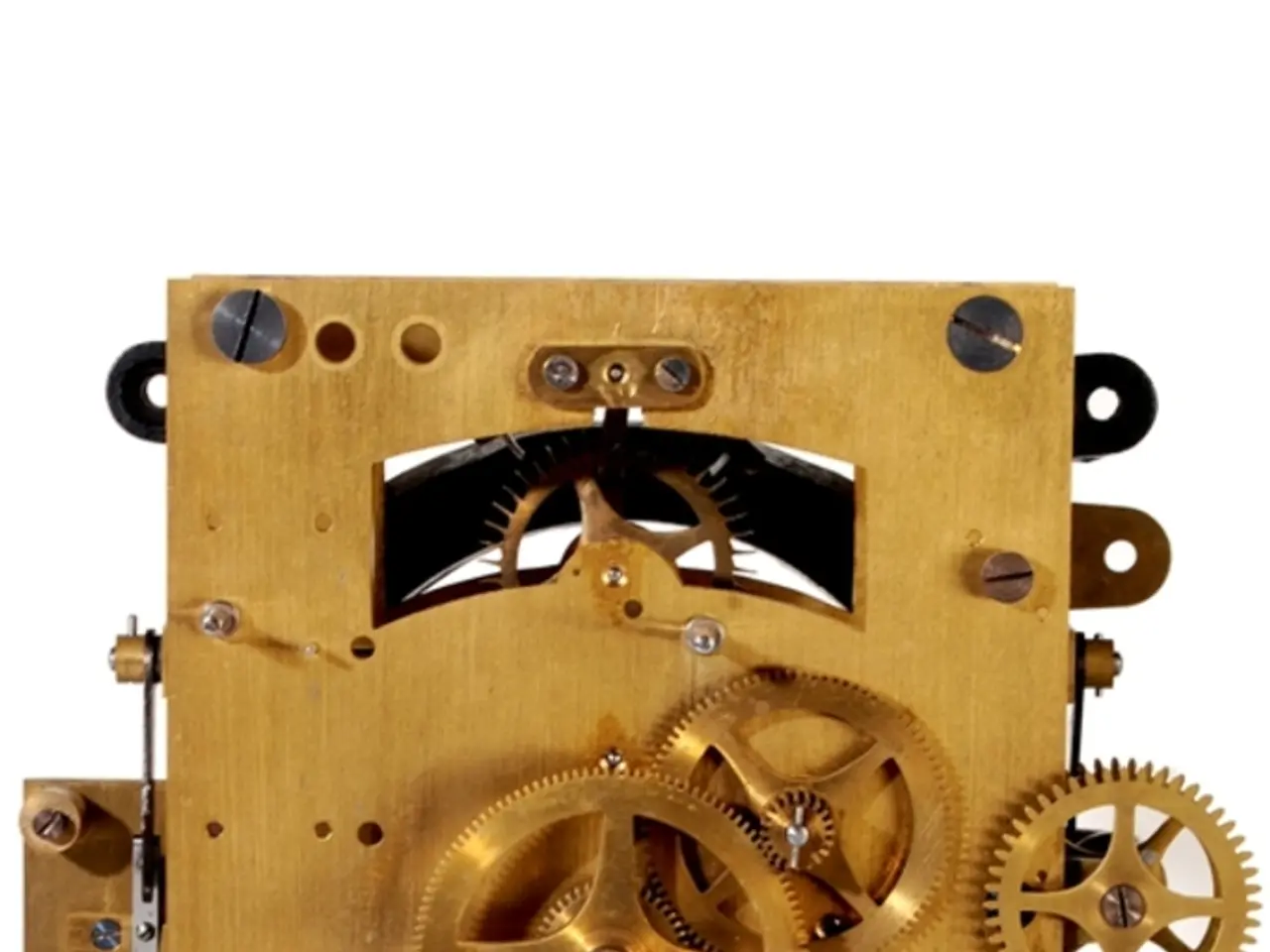Tesla's NVIDIA Downfall: The Billion-Dollar Lesson for CEOs – Even Elon Musk Fails to Outdo NVIDIA's GPU Technology
In a strategic move, Tesla has disbanded its Dojo supercomputer team, signalling a significant shift in the company's AI hardware strategy. This decision comes after a series of considerations, including operational challenges, resource management, and the realization that world-class AI hardware solutions are available externally.
The Dojo supercomputer, announced by CEO Elon Musk in 2021, was designed to optimize video processing with custom silicon for training autonomous driving AI. However, the project faced numerous obstacles, including technical difficulties in building custom supercomputers from scratch and the departure of key talent.
One of the key reasons for Tesla's decision is strategic realignment. The company is moving from vertical integration with custom supercomputers to collaborating with external chip manufacturers to optimize resources and accelerate AI deployment. This shift towards partnerships is expected to help Tesla stay competitive in the rapidly evolving AI landscape.
Resource consolidation is another factor. Tesla found splitting resources across Dojo and other chip projects inefficient, deciding to prioritize inference chips critical for live AI workloads in self-driving. By focusing on these chips, Tesla aims for faster deployment and cost effectiveness.
Talent attrition and competition also played a role in Tesla's decision. The departure of about 20 engineers from the Dojo team to startups like DensityAI, which now compete in developing specialized AI hardware, highlighted the fierce competition in this field.
Operational challenges were another hurdle. Building custom supercomputers from scratch posed technical and execution difficulties, and Tesla needed a more sustainable approach to meet performance, reliability, and safety goals.
The lessons learned from Tesla's decision are clear: vertical integration has its limits, and even visionary companies must balance ambition with practicality. Companies must focus on specialization and modularity, emphasizing practical, immediately deployable AI functions rather than massive general training supercomputers. Talent retention and ecosystem dynamics are critical, and adaptation is essential in navigating rapidly evolving hardware demands.
This decision marks a move towards a hybrid model that leverages partnerships and focuses chip development on practical, immediately deployable AI functions rather than fully custom supercomputing infrastructures. For Tesla, this move might be the smartest strategic decision they've made in years, freeing up resources, refocusing the company, and acknowledging reality.
In the AI era, strategic overreach can lead to costly mistakes. For companies that accept NVIDIA's dominance and build on top, they are the winners. Smart players find differentiation in applications, not infrastructure. Partnering with leaders in AI infrastructure, such as NVIDIA, is crucial. The ultimate irony is that Tesla's FSD might finally achieve full autonomy now that they've stopped trying to reinvent the wheels it runs on.
- Tesla's decision to dismantle its Dojo supercomputer team indicates a change in their AI hardware strategy, signalling a focus on collaborating with external chip manufacturers to optimize resources and expedite AI deployment.
- The realization that world-class AI hardware solutions are available externally, coupled with resource management concerns, prompted Tesla to move from vertical integration with custom supercomputers to partnerships.
- The departure of key talent from the Dojo team, who moved to startups like DensityAI, highlighted the competitive nature of the AI hardware industry, making partnerships a strategic necessity for Tesla.
- By focusing on inference chips critical for live AI workloads in self-driving, Tesla aims to achieve faster deployment and cost effectiveness, as splitting resources across Dojo and other chip projects was found to be inefficient.
- In the AI era, smart players distinguish themselves through application differentiation rather than infrastructure reinvention, with partnering with industry leaders such as NVIDIA being pivotal for success.
- The stoppage of Tesla's efforts to develop fully custom supercomputing infrastructures and the embrace of a hybrid model could lead to the FSD achieving full autonomy, as it might acknowledge the importance of building on existing technologies rather than trying to reinvent them.




